Man City selling Cole Palmer or Chelsea selling Mason Mount this summer shows that youth team talent is now a source of income, not a foundation to build a Premier League club.
How to build a football dynasty? For decades, the traditional and sustainable formula has been to build a talented youth team, recruit new stars and have key players – players with leadership qualities and long-term commitment to the club – set the standards and help control the dressing room with the manager.
The great clubs of European football, almost all of which have their foundations in youth systems - such as Pep Guardiola's Barca, Arrigo Sacchi's Milan with its solid midfield and defenders, Johan Cruyff and his Ajax youth team-mates, or Franz Beckenbauer's Bayern Munich - have all followed the above template.
The same thing happened in English football, with Man Utd's "Class of 92" or Don Revie's Leeds - including players who grew up together in the academy, stuck together, developed together, matured and then achieved success.
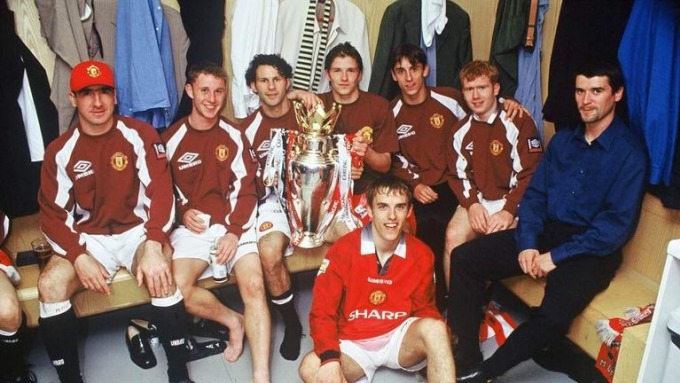
Man Utd, with the Class of 1992 and the stars they bought such as Eric Cantona (in cap) and Roy Keane (right), were once seen as a model for success by building a strong team from academy talent. Photo: Sky Sports
Liverpool in the 1970s and 1980s bucked that trend by recruiting talent from the lower leagues, but also recruited local players such as Tommy Smith, Phil Thompson and Jimmy Case. Nottingham Forest under Brian Clough were strong in the recruitment of Peter Taylor, but the key player was John Robertson, who joined the team at the age of 17. Similarly, Chelsea in the Abramovich era had success with John Terry, a centre-back who joined at 15.
But that formula no longer seems to hold true in today’s football . In today’s world, it’s likely that the likes of David Beckham, Paul Scholes and John Terry would be sold long before they’ve reached their peak. Youth teams are now a source of income rather than a building block for clubs, a sign that football is becoming more of a business than a sporting, community endeavour.
In the fourth round of the Premier League, Cameron Archer scored his first goal for Sheffield United against Everton, Billy Gilmour was on the Brighton midfield, Lewis Hall was on the bench for Newcastle, and Cole Palmer played the final 38 minutes of Chelsea's 0-1 home loss to Nottingham Forest.
What all these names have in common is that they are all young talents who are sold as soon as they get a good price. Just last season, Archer was a gem for Aston Villa's youth team. Gilmour was once expected to become Chelsea's Andres Iniesta. Hall - who joined Chelsea at the age of eight - was the academy's best player last season. Palmer broke into the Man City first team last season, and has recently been considered a quality addition to the defending champions' midfield, scoring in both the Community Shield and the UEFA Super Cup.
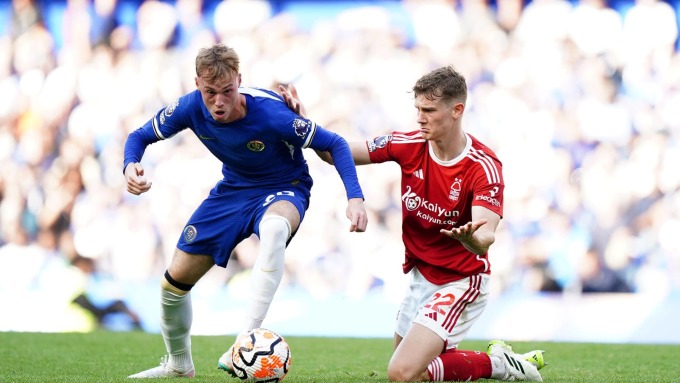
Palmer (in blue) made his Chelsea debut in the defeat to Nottingham Forest on September 2, after being bought from Man City. Photo: PA
Money is the core reason why fewer and fewer young players come through the academy and then flourish in the first team of the same club. Under the Financial Fair Play (FFP) regulations, players who come through the academy are considered free of transfer fees, so the money earned from selling them is net profit. And with FFP tightening up after a period of relaxation due to Covid-19, the lure of net profit means that clubs are no longer hesitant to consider the opportunity to profit from academy talent.
Gilmour - who Chelsea paid a $625,000 development fee to sign from Rangers when he was just 16 - was counted as a net profit when Chelsea sold him to Brighton for $10 million last summer. Palmer joined City's academy at the age of eight, so was not counted as a signing-on fee, and made a net profit of $50 million from his move to Chelsea this summer.
In fact, some clubs have long used youth teams as a way to make money. Man Utd sold talent that wasn’t in Sir Alex Ferguson’s plans in the 1990s and 2000s. But in the latest trend, even academy players who have grown up, become mainstays of the first team and are expected to become legends can be sold. Mason Mount, once expected to spend his entire career at Chelsea like his seniors John Terry and Frank Lampard, was sold to Man Utd this summer for $76 million.
"Players like Mount once helped maintain Chelsea's identity. But in an era of foreign ownership and global appeal, such local players have become redundant," commented the British newspaper Guardian .
Perhaps only Arsenal, with Bukayo Saka beloved by fans and Eddie Nketiah trusted by Mikel Arteta as a reserve striker, have stuck to a traditional style of football.
Chelsea made $76 million from Mount’s sale, reinvesting a $1 billion-plus spend under new owner Todd Boehly in players with lower wages and longer contracts. Before Mount, Chelsea sold academy products Ruben Loftus-Cheek, Ethan Ampadu and Callum Hudson-Odoi for a combined $125 million, all of whom were part of a squad that reached nine finals and won the FA Youth Cup seven times in 11 years.
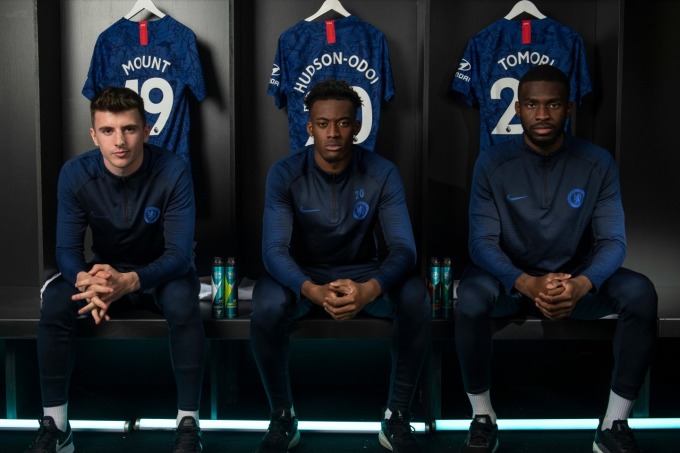
Mount (left) is the latest name in the group of young stars who grew up from the academy to be sold by Chelsea, after Callum Hudson-Odoi, Tomori and Tammy Abraham. Photo: Chelsea FC
And Chelsea are no exception. This summer, despite parting ways with Fred, Man Utd spent most of the transfer window trying to sell Scott McTominay - a defensive midfielder who came through the academy - for $50 million, but failed. Cameron Archer moved to Sheffield United for $22 million, becoming the next Aston Villa Youth Cup winner to leave the team in 2021, following Aaron James Ramsey (to Burnley) and Carney Chukwuemeka (to Chelsea).
In addition to Palmer’s $45 million, Man City has made a lot of money from selling players who have no chance of competing for a first-team place. Last year, Southampton spent a total of $48 million to bring in the quartet of Gavin Bazunu, Juan Larios, Samuel Edozie and Romeo Lavia from Man City. Of that, Lavia joined Chelsea for $63 million this summer, and 20% of that money will go to Man City.
The Etihad Stadium owner also earned $24 million from selling James Trafford - a player who has never played for the first team - to Burnley and parting ways with Tommy Doyle and James McAtee on loan. Currently, defender Rico Lewis is the only academy product who can follow Phil Foden to become a mainstay of the first team.
"When everything in football has a price, the players of the future will immediately become assets that can be sold for profit. Anyone who wants to build a modern football dynasty will have to pay for players from other teams, instead of using homegrown talents," commented the Guardian .
Hong Duy (according to Guardian )
Source link


![[Photo] Closing of the 4th Summit of the Partnership for Green Growth and the Global Goals](https://vstatic.vietnam.vn/vietnam/resource/IMAGE/2025/4/17/c0a0df9852c84e58be0a8b939189c85a)
![[Photo] General Secretary To Lam receives CEO of Warburg Pincus Investment Fund (USA)](https://vstatic.vietnam.vn/vietnam/resource/IMAGE/2025/4/18/7cf9375299164ea1a7ee9dcb4b04166a)

![[Photo] Air Force practices raising flag in Ho Chi Minh City sky in preparation for April 30th holiday](https://vstatic.vietnam.vn/vietnam/resource/IMAGE/2025/4/18/de7139d9965b44f8ac1f69c4981196fd)
![[Photo] The beauty of Ho Chi Minh City - a modern "super city" after 50 years of liberation](https://vstatic.vietnam.vn/vietnam/resource/IMAGE/2025/4/18/81f27acd8889496990ec53efad1c5399)
![[Photo] National Assembly Chairman Tran Thanh Man meets with outstanding workers in the oil and gas industry](https://vstatic.vietnam.vn/vietnam/resource/IMAGE/2025/4/17/1d0de4026b75434ab34279624db7ee4a)
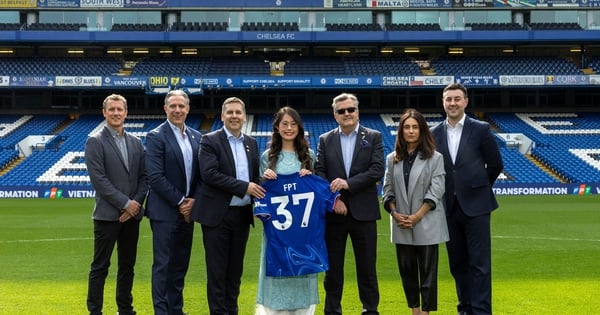

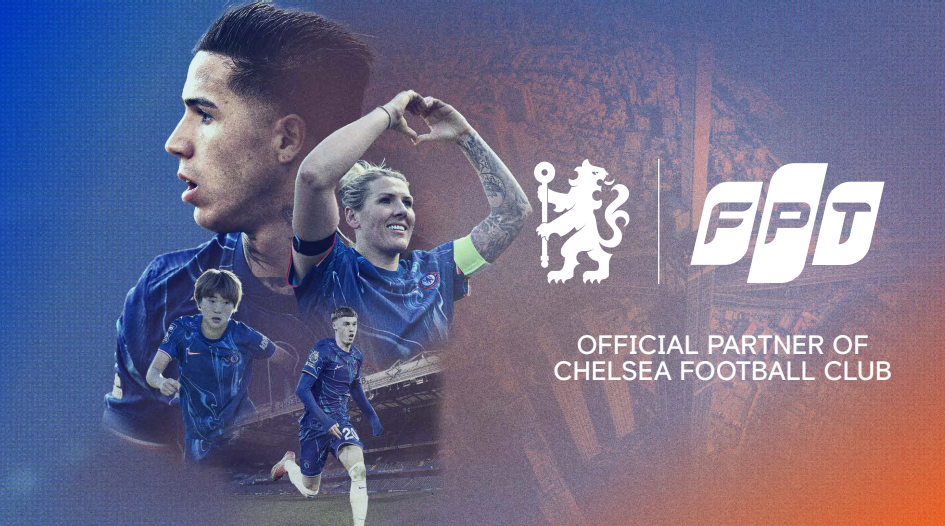

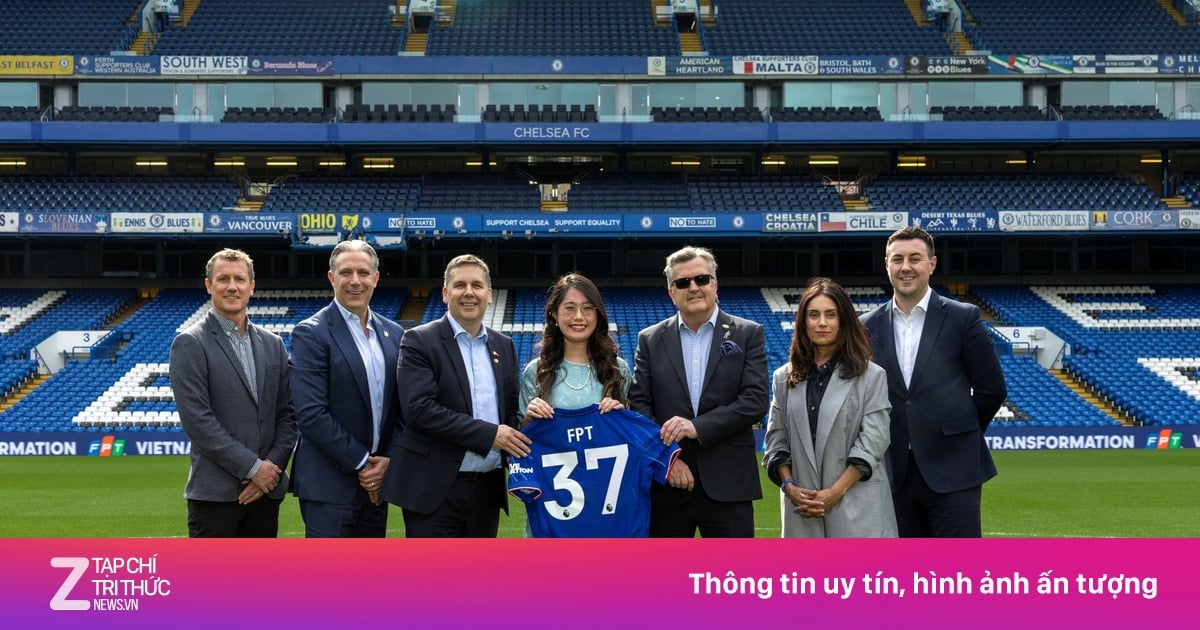



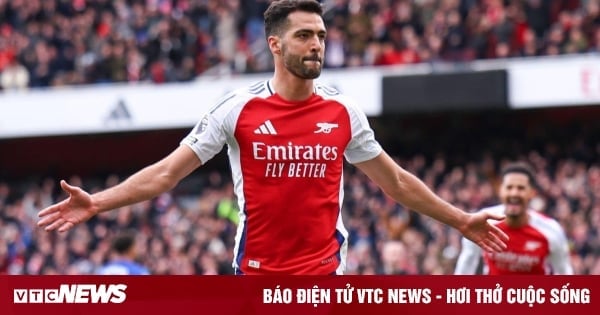
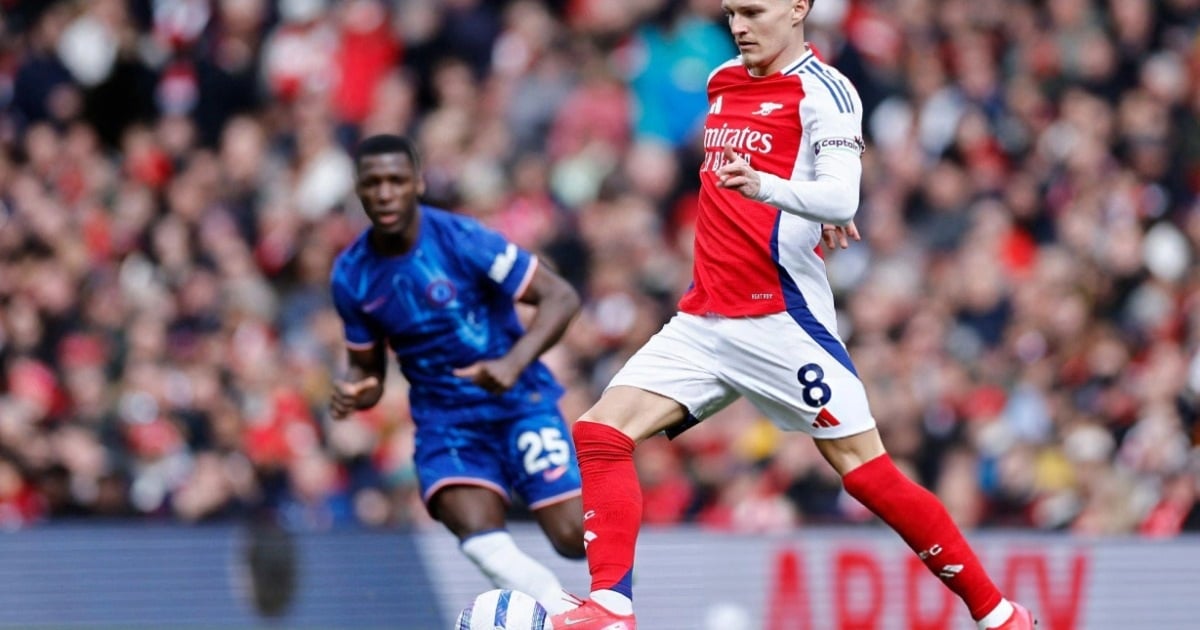





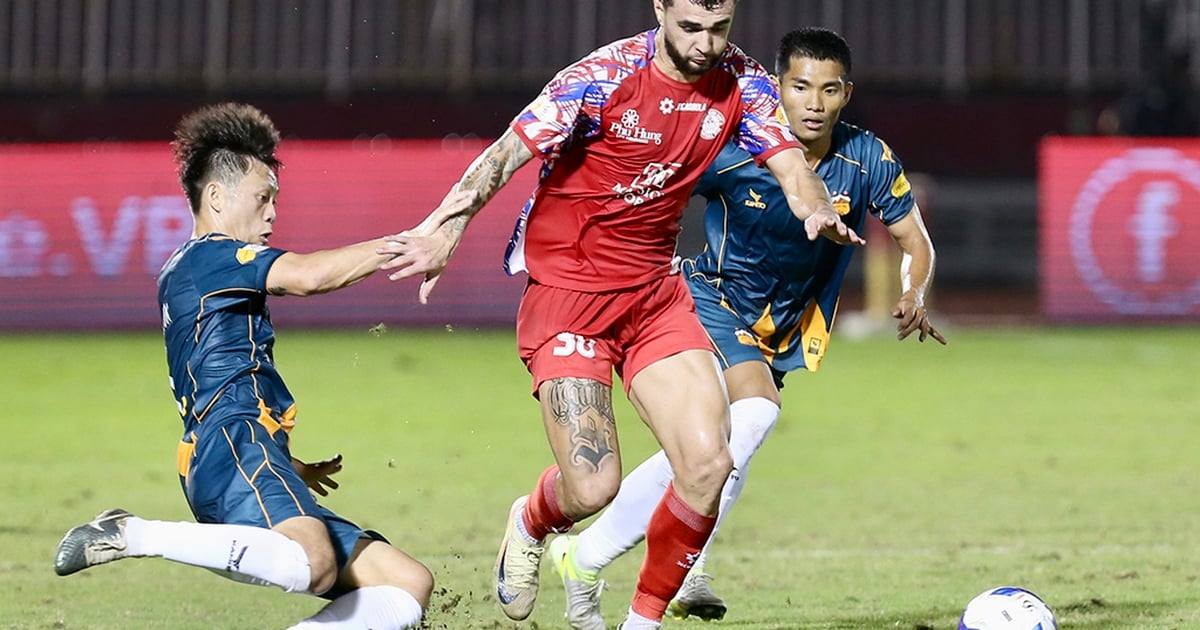











![[Photo] Nhan Dan Newspaper announces the project "Love Vietnam so much"](https://vstatic.vietnam.vn/vietnam/resource/IMAGE/2025/4/17/362f882012d3432783fc92fab1b3e980)



















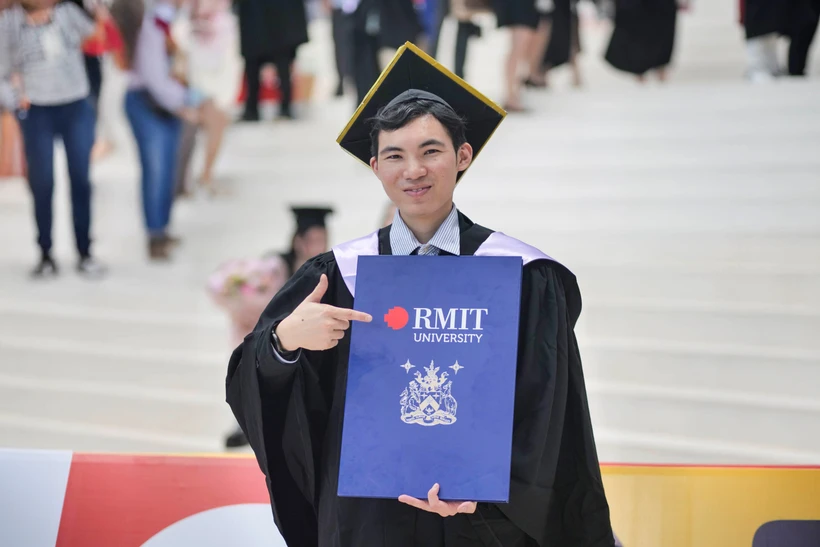














































Comment (0)